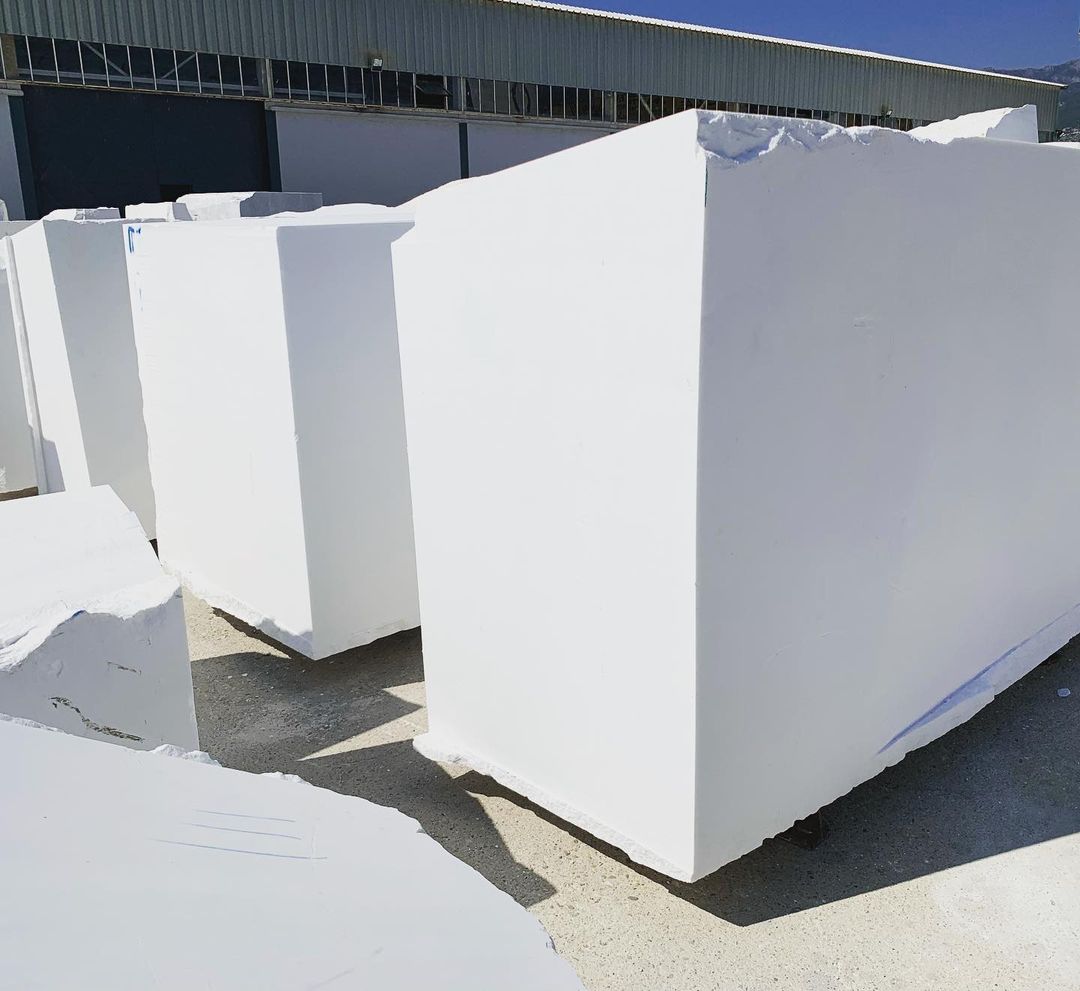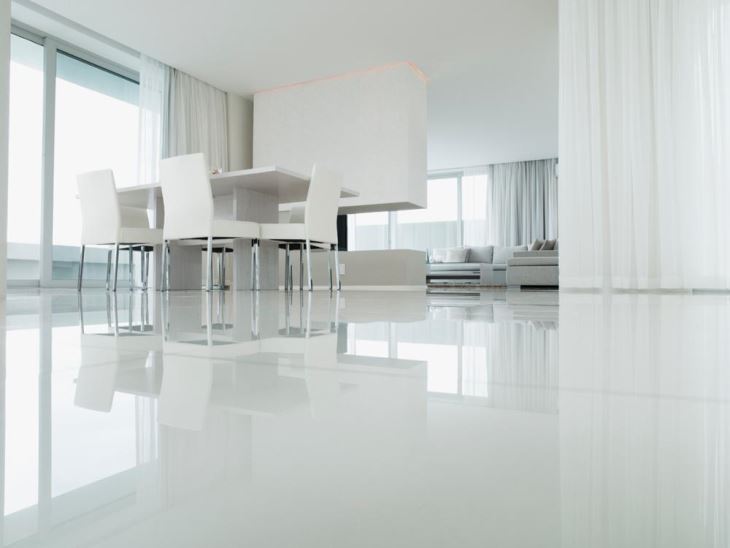
Thassos white marble a material that has been synonymous with luxury and timeless elegance, has its origins steeped in antiquity. Revered by architects, designers, and artists alike, this pristine stone comes from the Aegean Sea on the Greek Island of Thassos. In the following content, we will delve deep into the history, properties, and various uses of Thassos white marble, exploring why it has remained a highly coveted choice for millennia in art, architecture, and design.
History and Origins of Thassos White
The legacy of Thassos white marble stretches back over thousands of years. Historical records recount that marble quarries were already active on the island of Thassos during the 6th century BC. This marble was not only used locally but was also exported throughout the ancient world, finding its way into some of the period’s most significant structures and sculptures. Thassos, the northernmost Greek island in the Aegean Sea, has thus been contributing its peerless natural resource to the world, continually etching its legacy into the annals of design and architecture.
Geology and Characteristics
Thassos white marble is a metamorphic rock, primarily composed of calcite. It boasts a crystalline structure that is unusually dense and stable, with a porosity and absorption rate far lower than other marbles. This white stone, famed for its bright, snowy complexion and minimal veining, reflects light in a way that gives interiors a luminous quality that few other materials can match.
The minimalistic aesthetic of Thassos white marble is one of its most striking features. The stone’s exceptional purity and consistency make it immensely versatile. While other marbles have pronounced veining and color variations, Thassos stands out for its homogeneity – a quality that makes it not just a designer favorite for monochrome themes, but also a perfect complement to other materials in more vibrant, diverse design contexts.
Quarrying and Production
The extraction of Thassos white marble is a task that necessitates significant expertise and respect for the ancient tradition. Today, quarrying methods have evolved with technological advancements, but the essence of the process remains rooted in the timeless synergy between manpower and nature. The marble is carefully cut into blocks, slabs, and tiles. Each stage of production is a delicate balance that honors the integrity of the material, ensuring minimal environmental impact while producing the highest quality stone.
Architectural Significance
Throughout its storied history, Thassos white marble has been the material of choice for some of the world’s most significant landmarks. Ancient Greeks used it extensively in the creation of temples, statues, and public buildings, valuing Thassos white marble not just for its aesthetics but also for its durability. Its modern usage ranges from floor tiles and wall claddings in contemporary homes to being the focal point of design in luxurious hotels, spas, and resorts worldwide.
Sculptural Medium
The island’s marble has long been held in high regard by sculptors. The consistency and workability of Thassos white marble make it an ideal canvas for artists, allowing them to capture intricate details and create smooth, tactile surfaces. From the Venus de Milo to more contemporary sculptures, the stone has allowed artists to express their vision with unmatched clarity and sophistication.
Design Applications
In modern home design, Thassos white marble enjoys great popularity. Its reflective surface brings brightness and a sense of increased space to any room, making it especially sought after for use in bathrooms, kitchens, and living areas. Designers often favour Thassos white marble for countertops, backsplashes, and flooring due to its ability to instill a clean, uncluttered, and opulent aesthetic.
Moreover, in commercial spaces, the marble’s resilience and easy maintenance make it a practical yet elegant choice. It thrives in high-traffic areas like lobbies, facades, and even on exteriors, withstanding the elements with remarkable longevity – a testament to its enduring quality.
Sustainable Choice
Sustainability has become an essential aspect of modern architecture, and natural materials like Thassos white marble are increasingly valued for their eco-friendliness. As a natural stone that requires minimal processing and emits no pollutants, it is a desirable option for green building certifications and for those looking to reduce their environmental footprint without compromising on beauty or quality.
Care and Maintenance
One of Thassos white marble’s advantages is its ease of maintenance, representing resilience not found in all types of marble. Regular cleaning with pH-neutral products, immediate blotting of spills, and periodic sealing will preserve its lustrous appearance for decades. It is resistant to scratches and stains when properly cared for, although being a light-colored stone, certain precautions against acidic substances must be observed.
Investment and Value
Integrating Thassos white marble into a property is not only aesthetically beneficial but also adds to its value. Being universally recognized as a luxury material, it is an investment that can elevate the worth of residential and commercial estates alike. Its classical association with distinction and its modern appeal as a high-end material offer a unique combination that is both timeless and contemporary.
In Conclusion
The allure of Thassos white marble is born out of its dazzling whiteness, its historical pedigree, and its versatility. Whether it is used in grand architectural projects or intimate home renovations, it exudes sophistication and refined taste. Its journey from the ancient quarries of a Greek island to the floors and walls of buildings around the world tells a tale of beauty enduring through ages. The stone stands as a testament to human artistry and nature’s magnificence—a partnership that has transcended history and continues to shape the vision of tomorrow’s design landscape. In the realm of natural stones, Thassos white marble remains unparalleled, a crown jewel that illuminates our spaces and our imagination with its pure, radiant light.


